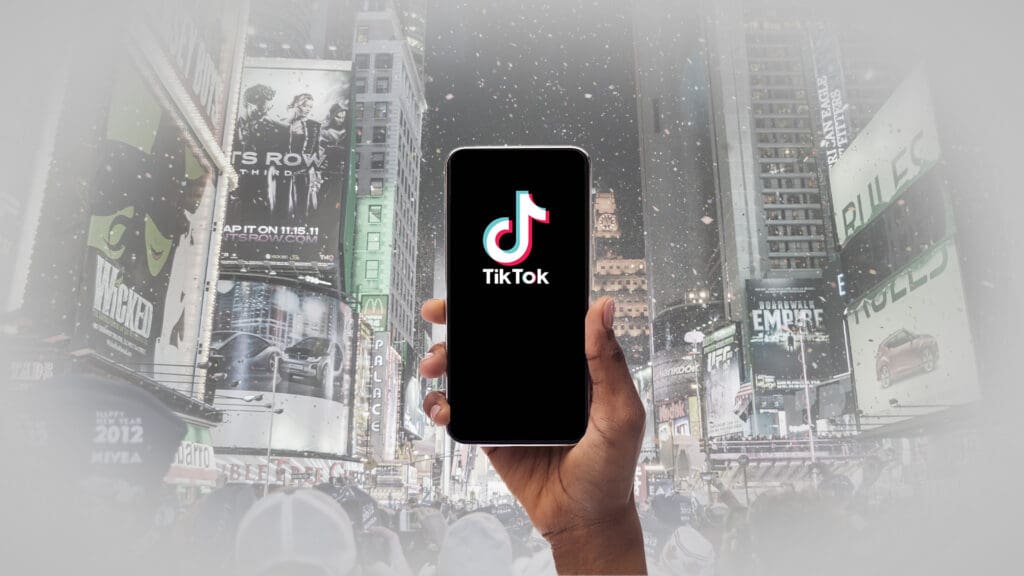
Corporate Social Responsibility Initiatives: 3 Steps to Get Started
In today’s Plain Talk newsletter, we’re talking about corporate social responsibility initiatives.
- What Is Corporate Social Responsibility (CSR)?
- Corporate Social Responsibility Initiatives: 3 Steps to Start
- Corporate Social Responsibility Initiatives Examples
- Get Help Developing Your Corporate Social Responsibility Initiatives
According to a recent Gallup poll, Americans’ trust in the federal government to handle both international and domestic matters is at the lowest point it has been in more than twenty years. Only 35 percent of Americans have “a great deal” or “a fair amount” of trust in the U.S. government’s ability to handle domestic issues. Meanwhile, trust in the government to handle international issues ranks only six points higher at a mere 41 percent.

So, what does this mean for marketers, and why should we care?
Well, since the beginning of civilization, environmental and social issues have existed. Considering the current distrust between Americans and the entity that has historically attended to these issues, 79 percent of U.S. consumers are now looking to companies to step-up their corporate social responsibility (CSR) game and fill this gaping hole.
What Is Corporate Social Responsibility (CSR)?
So, what is corporate social responsibility? Corporate social responsibility (CSR) is an ethical business practice that exists in various forms. The easiest way to describe CSR is any internal or external effort a company takes to better the lives of its employees, stakeholders, communities, and even the world.
In the past, U.S. consumers have considered CSR important but optional for companies, but now it is viewed as integral and obligatory. Currently, 71 percent of Millennials, which now comprise more than one-third of the current U.S. population, are placing their trust in companies, rather than the government, to not only inspire positive social change but also lead it.
Some business owners may view this societal charge as yet another obstacle to overcome or problem to solve. However, it really sets the stage for businesses to adopt a cause, engage the consumer, and advocate on the world’s behalf in a way that deepens brand impact.
Corporate Social Responsibility Initiatives: 3 Steps to Start
If you’ve been considering a CSR initiative, how do you go about it?
Step one: Adopt a cause
The first step your company should take when considering the adoption of CSR business practices is to start big-picture. Gather your interested employees and brainstorm organizations to support or movements to join. From there, you can revise and and narrow the list. Below are some questions to consider to get your wheels turning:
- Are there any non-profit organizations/causes that are important to the internal staff? External stakeholders? Company management? Board of directors?
- Does your company culture align more closely with adopting a locally owned and operated non-profit organization, a local chapter of a national non-profit organization, or a national non-profit with little to no local community ties?
- Are there any societal movements and/or non-profit organizations that align with the values and beliefs of your business?
- What are the demographics of your current largest customer base? What values and beliefs are represented among this group?
- What are other target demographics that you hope to reach in the future that you’re not currently engaging? What values and beliefs are represented among this group?
Seventy percent of Americans believe companies have an obligation to support issues that may not affect their day-to-day business operations, according to the 2017 Cone Communications CSR Report. So, don’t get too bogged down trying to find your perfect purple CSR unicorn. As long as you’re doing your part, consumers will support you. It truly is a win-win for both parties.
Step two: Engage the consumer
Once you have narrowed the list and committed to a cause, now it’s time to tell the consumer about it.
One of the most effective channels in communicating your company’s sustainability efforts is through product packaging. In fact, 52 percent of consumers say that arriving at the decision to purchase a product is somewhat influenced by the messaging on the packaging, according to Nielsen. Consumers will pay particular attention to consumer packaged goods (CPG) to ensure that the products they are purchasing and the companies that they are supporting are committed to sustainable business practices and extracurricular CSR efforts.
Why is this step two on our list? Because 89 percent of current Americans said they would deviate from their usual brand to try a new one based on favorable CSR efforts–with comparable price and quality–compared to 66 percent in 1993.
Take a second to reread that statistic.
Yes, you read that correctly. The average U.S. consumer holds a company’s CSR efforts–or lack thereof–in the same esteem as he/she does the price and quality of a product. This is a groundbreaking insight into the minds of modern-day consumers and opens new doors and opportunities to engage them along various points of their decision-making process.
Other, more grassroots ways to communicate your CSR efforts to consumers are through in-store signage, digital and traditional media creative placements, local public relations efforts, and publishing content on social media accounts the company owns.
Step three: Advocate for the cause (and your company)
Once your company adopts a CSR initiative and integrates it into the business model, this one should be a given. Similar to engaging the consumer in step two, don’t forget to communicate all that your brand is doing for the cause. Coordinate and fold advocacy initiatives into the brand communication, PR, social, events, and overall advertising plans.
Corporate Social Responsibility Initiatives Examples
Here are just a few of our favorite social responsibility efforts, big and small:
- Volvo goes electric: As part of its ongoing commitment to safety and the environment, Volvo was the first major car company to set the goal of moving to all electric or hybrid vehicles with fully 50 percent of their sales being all-electric vehicles by 2025. Oh, and how is Volvo’s business? Up 12.9 percent from last year.
- Tide Loads of Hope: When Hurricane Katrina struck the Gulf Coast and cut power and access to clean water to the area, Tide sprung into action and built a mobile laundry facility where hurricane victims could clean clothes for their families while disaster relief efforts were underway. Since that first iteration, Tide has been propelling these relief efforts to disaster-stricken areas.
- Early Times Whisky K9s for Warriors: Early Times supports the K9s for Warriors program and invests in service dogs for veterans suffering from post-traumatic stress and other service-related injuries.
Additionally, PriceWeber is living proof that even local community efforts can have big impacts. For example, the agency annually donates time and resources to local non-profits, including the Cabbage Patch Settlement House, the Louisville Zoo, the Kentucky College of Art and Design, the Louisville Metro Police Foundation, Down Syndrome of Louisville, and Susan G. Komen Kentucky.
Get Help Developing Your Corporate Social Responsibility Initiatives
We’ve heard for years that the customer is in the driver’s seat, whether we like it or not. Your customer base is the collective force that continues to drive innovation, product mix, and certain marketing efforts (remember Pepsi and Kendall Jenner?). The evidence is clear that companies’ authentic social responsibility efforts correlate with satisfied customers, thus leading to a healthy brand image. So, if you’re holding off on developing your social responsibility strategy or just aren’t communicating it to consumers, the time is now.
Don’t shy away from the opportunity to rise to the top and/or protect your current position in the market just because you don’t know where to start. If you’d like to chat about how to hit the right tone with your CSR program, give us a call at 502-499-4209 or contact us online today, and we’ll connect you with the best team to hit the ground running.
Our Articles Delivered
Signup to receive our latest articles right in your inbox.






